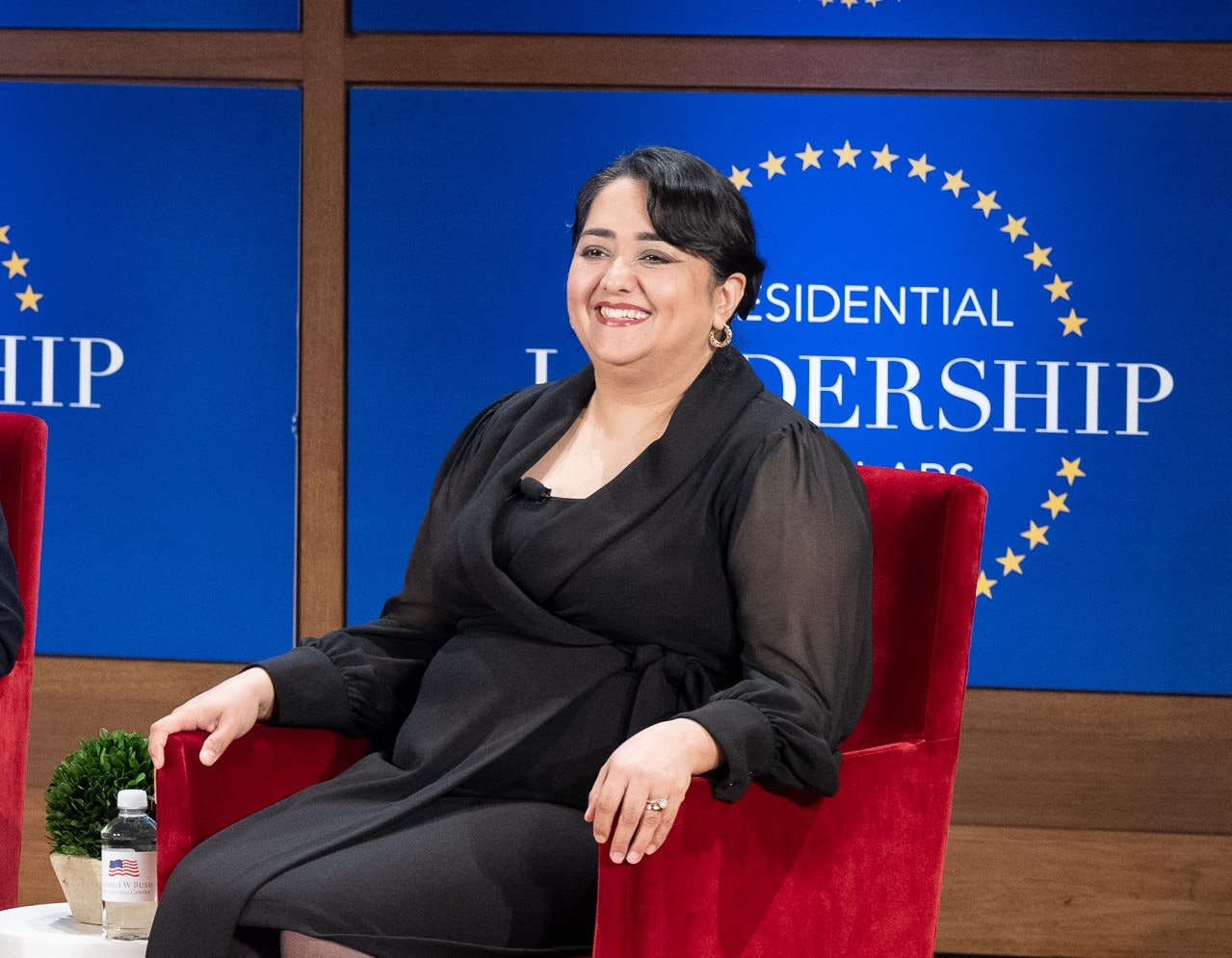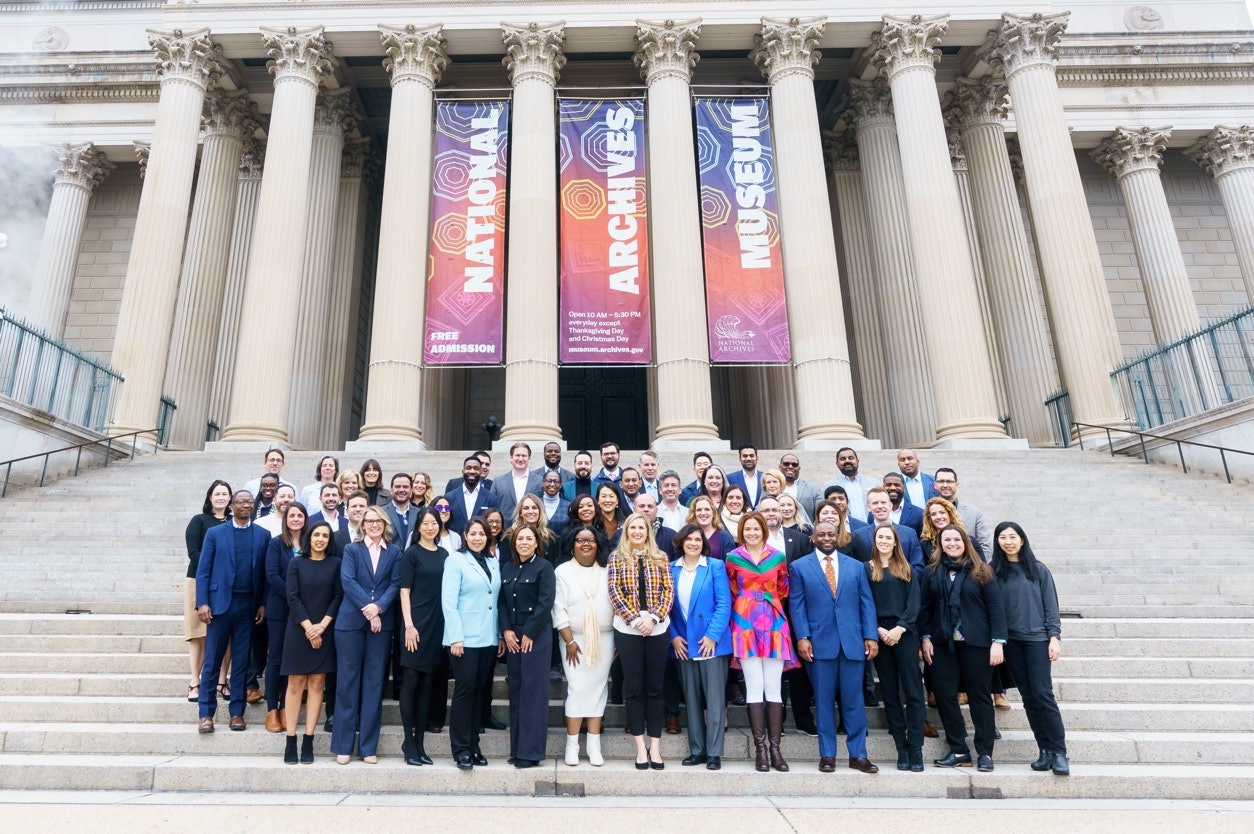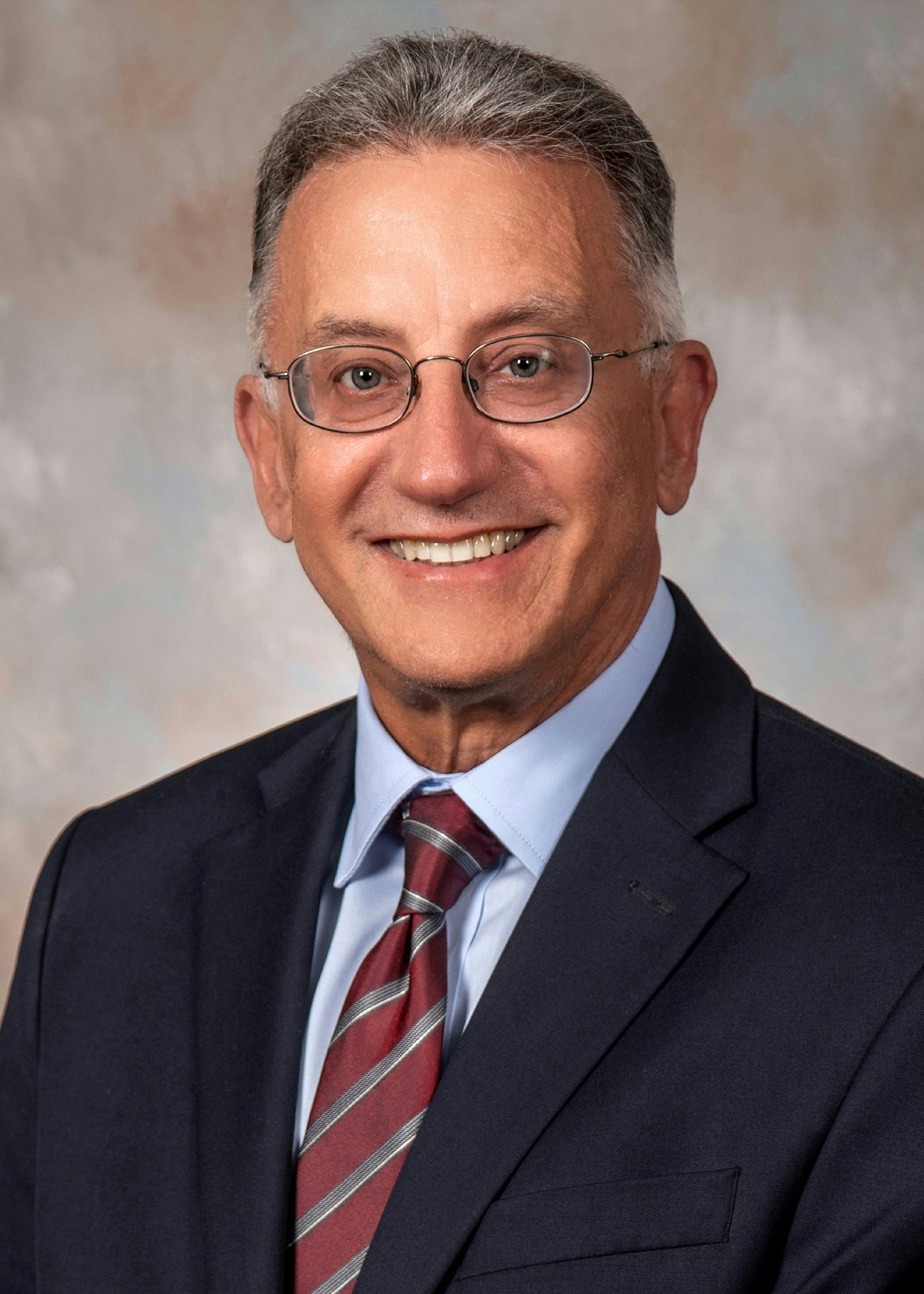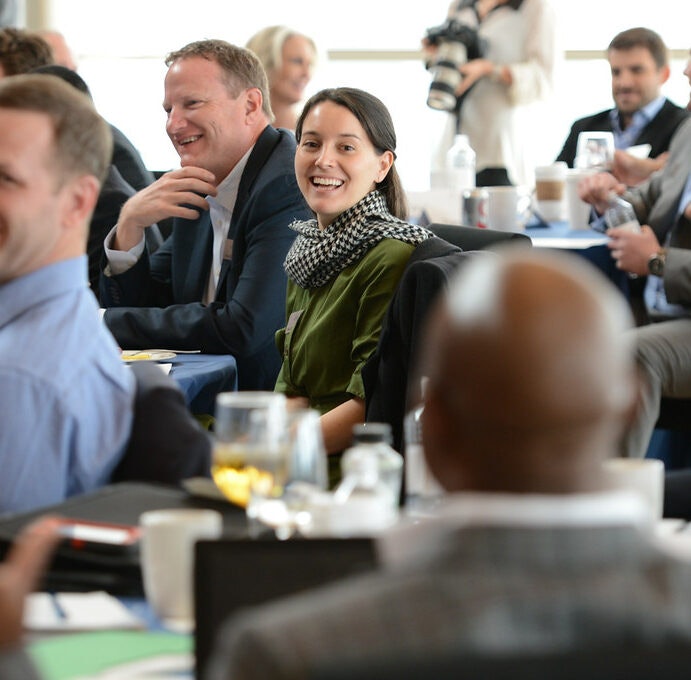In a brief span of 48 hours last week, I had the opportunity to see America's two economies on display. One is fueled by an impressive concoction of innovation, diversity, education, and churning market forces. The other is characterized by struggling small towns, lack of opportunity, rural outposts, and, in some places, rampant opioid abuse.
In a brief span of 48 hours last week, I had the opportunity to see America’s two economies on display. One is fueled by an impressive concoction of innovation, diversity, education, and churning market forces. The other is characterized by struggling small towns, lack of opportunity, rural outposts, and, in some places, rampant opioid abuse.
The opportunity economy
The first economy was evident at last week’s graduation ceremony of the 2017 class of Presidential Leadership Scholars (PLS), a program shared by the presidential centers of Lyndon B. Johnson, George H.W. Bush, William J. Clinton, and George W. Bush. The event, which took place in Dallas at the George W. Bush Presidential Center, featured 60 aspiring leaders whose occupations include the traditional ones of doctors, lawyers, and a police chief. The graduates also showcased the types of jobs found in the new economy, such as director of social impact for a hospital system, chief creation officer for a banking group, and organizational transformation expert for a consultant group.
Those latter positions require an ability to think conceptually, solve problems, and use higher-order analytical skills that a college diploma or more impart. The holders of those kinds of jobs in this year’s PLS class included a number of veterans who are taking their leadership and problem-solving skills into the private sector. They also often came from the rich diversity of America. Along with black and Latino scholars, they included American citizens whose families came directly or indirectly from Iran, Syria, Cuba, Cambodia, India, and El Salvador, among other places.
To be sure, the traditional occupations likewise require the ability to think critically and solve problems. You don’t become a doctor, lawyer, or law enforcement leader without those skills. And the doctor who delivered a powerfully-moving keynote address on behalf of the class — and in front of packed auditorium that included Presidents Bush and Clinton and a long bank of television cameras — reflected both our country’s diversity and compassion.
Dr. SreyRam Kuy, the keynoter, is a Cambodian refugee who is the daughter of a janitor and survivor of the Pol Pot regime. And, oh, yes, she is a surgeon who has held leadership positions in medical organizations serving the public, including veterans, in Louisiana and Texas.
The encouraging and reassuring aspect of these graduates and the jobs they hold is that they are the products of an economy that has the potential to spawn new careers. We worry — and should worry — about those left behind by robotics and other modern impacts of technology. Yet the marketplace with its premium on innovation creates new opportunities for many people.
The world even looks to us for our adaptive economy, one that has fueled modern revolutions in the worlds of technology (see Silicon Valley), energy (see fracking), and medicine (see biomedicine). And people from around the world want to come here to participate in the swirl of our economy. We win on both fronts, as the graduates walking across the stage last week showed. They will lead America over the next 30 years in unimaginable ways.
The stagnant economy
Just 48 hours later I got a close look at our other economy, the one that is stagnant and lacks the same adaptability. I saw it on my church’s annual family mission trip, which this year went to southeast Oklahoma. I am going to leave out the name of the town and county we worked in because I don’t want to appear like I am singling them out. The fact is, other communities are being left behind as well.
In this county’s biggest city, you see feed and auto part stores, medical clinics, and Walmart, along with abandoned storefronts, a sign on the main road pointing the way to Catholic Charities, and streets of modest homes that suggest the economy has not been roaring through this town. “You can’t get lost here,” one disheveled-looking customer gloomily said as I asked the clerk for directions to the interstate.
To be sure, reassuring signs exist. The population for the city and county are still growing. But the growth rate for each has declined significantly since their peaks in the 1970s and 1980s. And the mid-decade census projection estimates population declines for both.
What’s more, 20 percent of the roughly 42,000 residents of the county we visited live at or are below the poverty line. Similarly, about 24 percent of the largest town’s approximately 8,500 residents are at or below the poverty line.
That latter figure includes 30 percent of children under age 18, which is considerably more than the national average. And the city has a greater percentage of seniors than young people ages 18-24, which indicates troubles ahead. If so many young people grow up in poverty or want out, what does that say about your future workforce?
That statistic about seniors indicates troubles now. The woman in charge of the food and clothes pantry we worked at one afternoon reported that most of the clients were elderly residents. Unfortunately, 16 percent of the town’s residents over 65 live in poverty. (The number is similar for the county: 18 percent of seniors live in poverty.)
Strategies for stagnant communities
I could go on with the data to describe the realities in a community whose geography is rolling and green but whose economy is not keeping pace with the 21st century. The key point is, what are the strategies that will generate more jobs and growth in an area like this?
Fortunately, a state college specializing in technical skills has a nearby branch. Equipping workers with skills for jobs that require the ability to, say, write computer code are in demand in our economy, even if you have no college degree. This is one way to help local workers adapt.
Skills training particularly may help veterans who have returned home. They likely will have acquired a range of skills in the military, such as logistics planning. Honing them in a technical school or community college can help veterans apply those skills to local jobs. Community colleges especially are tied to the development of local workforces.
Long before that, though, prospective workers need access to good schools, starting in pre-K and continuing through 12th grade. There are some quality rural school districts across the country. But the lack of enough quality schools contributes to the urban-rural divide that is part of the two-economy phenomenon.
So, how do you get strong principals and teachers in rural districts? Compelling and rigorous curriculum? Access to advanced courses? These are the types of education questions that need addressing.
The lack of access to quality health care, including mental health care, also presents an obstacle for stagnant communities and their residents. The lack of mental health care especially can affect veterans suffering from post-traumatic stress. We have the science to help them and others but we need to get it to them through advancements like telemedicine.
One of the harder issues to address in struggling communities is that some residents don’t want to leave their hometowns, even if it is decaying. That can be admirable in an “It’s A Wonderful Life” sort of way. If people want to come back home, a la George Bailey, and run the family business, applying the education and practices they have learned elsewhere, more power to them.
Still, the lack of willingness or ability to move leaves some underemployed or unemployed Americans further behind. And this phenomenon can affect veterans as well. Generally, about a third of veterans return to the communities they left, which often they departed to seek greater opportunities in the military.
Federal policies that help workers adjust to trade pacts have attempted to help workers move to more-thriving communities. This may be the time to elevate those policies or rethink how people can be encouraged to move to regions where innovation is producing new opportunities.
These are among the realities facing this part of our economy, the one that struggles. Tearing down the other economy, the one that keeps reinventing itself, is not the answer. And we would tear it down if we give into protectionism, isolationism, and nativism.
Instead, we need to focus on the basics that can offer hope, such as quality schools and decent health care. As Dr. Kuy reflected in her PLS keynote address, social and economic mobility is possible. Just ask a Cambodian refugee whose life showed none of her promise until she was given both opportunity and a strong foundation in her new country.





























